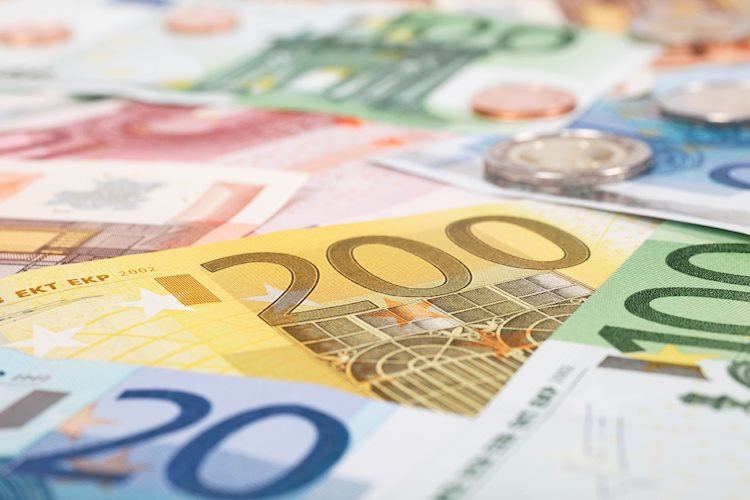EUR/USD experienced a boost on Thursday due to a weakening US Dollar. The US Producer Price Index (PPI) data did not cause any major shifts, but it remained stable. The market’s focus on the Federal Reserve (Fed) continued as expectations for rate cuts persisted.
The Euro climbed above the 1.1050 level as traders anticipate a rate-cutting cycle by the Fed starting on September 16. Despite inconsequential EU data on Friday, Euro traders will be watching the University of Michigan’s Consumer Sentiment Index for insights on the US economy. The ECB’s decision to lower its main reference rate further added to expectations of Fed rate cuts.
US PPI inflation numbers showed a 0.2% MoM increase in August, with core PPI also rising to 0.3% MoM. The YoY figures for PPI inflation were slightly lower than expected, with the headline PPI at 1.7% and core PPI at 2.4% YoY. Initial Jobless Claims also rose slightly, setting the stage for a potential rate cut by the Fed.
With PPI inflation subdued and unemployment benefits seekers stable, the market is anticipating a 25 bps rate cut by the Fed on September 18. Rate traders are expecting a total of four cuts, with December’s rate call projected to land between 425 and 450 bps.
The Euro is the currency used by 20 EU countries in the Eurozone and is the second most traded currency globally after the US Dollar. The ECB, which sets interest rates and manages monetary policy, influences the Euro’s value. Eurozone inflation data, GDP, PMIs, and trade balance are key indicators that impact the Euro’s strength.
EUR/USD experienced a recovery after a mid-week drop toward the 1.1000 level, with short pressure facing resistance from buyers. The Eurozone economy and the Euro’s performance are closely tied to various economic indicators and data releases. The Euro is influenced by ECB decisions, inflation data, and trade balance reports.











